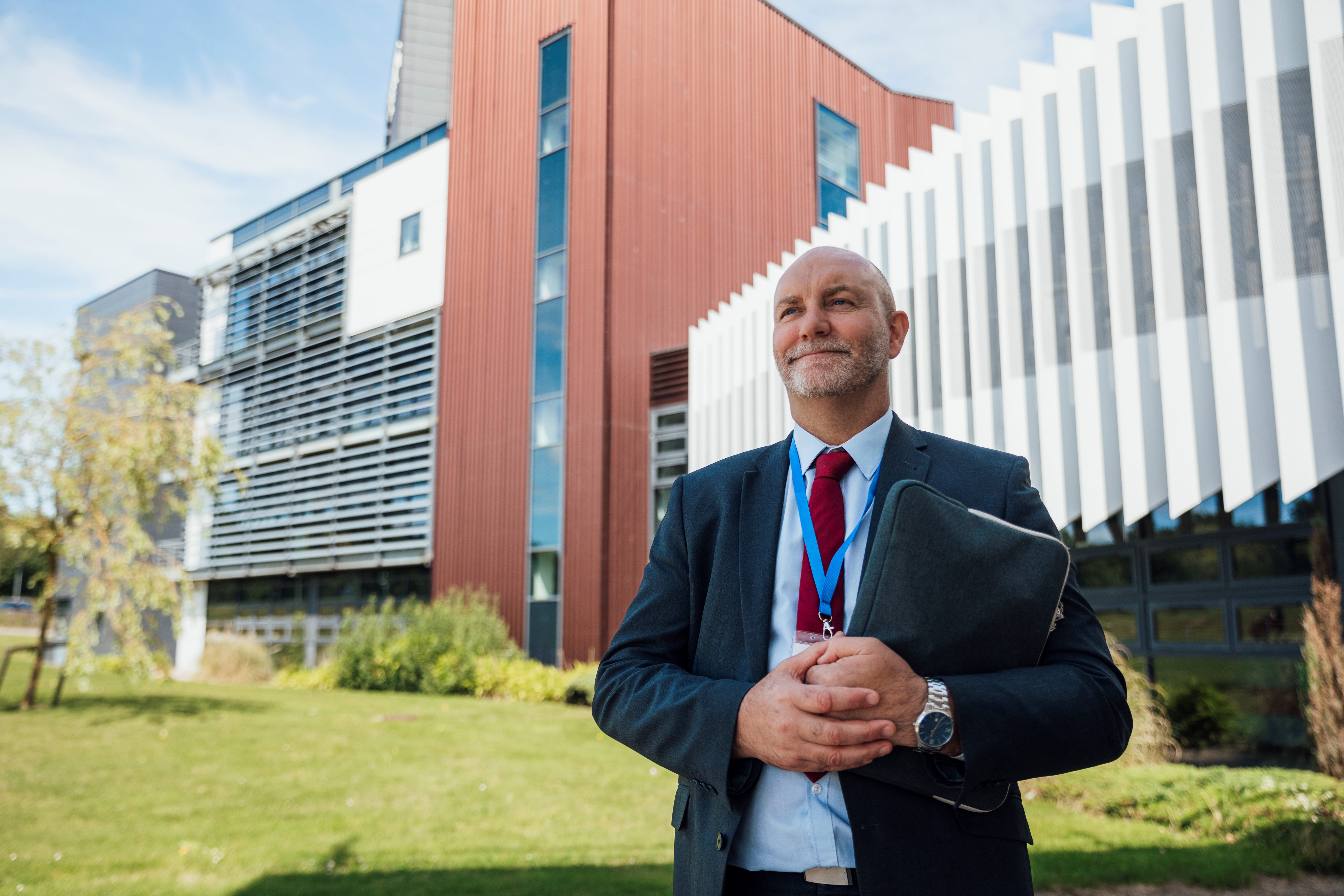Keen to unpack teachers’ perceptions of their new principal and how these might impact on their work environment, researcher and school leadership expert Dr Berni Moreno from the University of Melbourne has drawn on three school case studies to reach the ‘very exciting’ finding.
Her study suggests that even for schools that have experienced a turbulent bout of high principal turnover, opting to internally appoint a new head can wreak unexpected havoc on teachers’ spirit.
In the case of one dual-campus K-12 school, when a ‘much loved’ head of one campus was successful in his application to become principal, initially teachers were overjoyed.
But an unnerving sense of grief and loss soon struck, Moreno says.
“They weren’t able to turn the page. It’s like when you break from a relationship and you try to move on, but [the other person is] still there.
“You still see them, and that made it very hard,” she tells EducationHQ.
The internal appointment meant that teachers were left to work with a replacement they found “challenging” in that respect, the researcher found.
As one teacher commented:
“Before Peter was principal, I felt like I had a really good head of campus and now that Peter is principal, it’s been a difficult transition … With our current head, he’s a very different personality to Peter, so it’s not as easy to go and just discuss things with [him]…”
Moreno cautions that the school is now functioning well despite these challenges, but emphasises the ‘huge’ negative effect the shift had on some staff.
“If you have teachers who are experiencing low morale, that’s important to know, and it’s important to remedy it. You have to fix that quickly,” she says.
The researcher wonders if school boards and those decision makers eyeing off internal candidates for vacant principal roles are aware of what might be at stake.
She notes that existing literature on internally appointed principals is focused solely on the new position being filled and not on the one being left vacant.
“I have no doubt that this is something that [the school] has overcome, but it had a big impact,” she adds.

“Sometimes what a school needs is a new beginning, like a really fresh start. Getting someone external can do that. It can have a positive impact,” researcher Berni Moreno says.
It’s usually thought that promoting staff members to the top job in their current school will result in a smoother succession process in the long-run, but Moreno argues that the opposite is in fact true.
“I think if you appoint someone internally, that’s going to be harder. We seem to think it’ll be easier to [do that] – you know, ‘they know how we operate, they know the culture, they know the people’.
“Well, yes, but that’s all operational.”
Sometimes if you have history within a school it can be tricker to see a new strategic direction and harder to pin down a precise vision to guide the change you want to see, Moreno says.
“Or you may know very well, as a new principal, where you’re going and what you want to do, but sometimes it’s harder to be perceived as doing that,” she adds.
External appointments: a fresh start
The two other schools in Moreno’s study had appointed a new principal externally. Both had endured a rocky succession of school leaders who had been relatively quick to move on.
Hiring an external candidate was seen as a critical move in the schools’ bids to start a better chapter with ‘new blood’ at the helm, the research found.
“Sometimes what a school needs is a new beginning, like a really fresh start. Getting someone external can do that. It can have a positive impact,” Moreno says.
As one teacher noted:
“[Having an external appointment] excited me and probably the feel at the grassroots level here was that the organisation was stuck in a bit of a rut and we needed to have fresh eyes, fresh ears to move us into 21st-century education.”
An issue of trust
Nevertheless, Moreno says despite these positive attitudes to external hires, teachers at these schools found it difficult to trust yet another school leader thrust their way.
Some even made bets about how long the new principal would last, she says.
“Particularly the Catholic school, they had experienced very high critical turnover. Now, we know from the literature that that can be very detrimental.”
Teachers spoke about the experience as if it were a kind of trauma they were yet to heal from, with some reporting they had been scarred emotionally – and sometimes even physiologically, by the behaviours and actions of past leaders.
“And staff used that language. They said, ‘We are damaged. We are not yet recovered’.
“So, any sense of trusting not just the principal, [as a] person, but trusting the role of the principal whoever that may be, was not there.
“There was no investment from teachers at an individual or a collective capacity to actually say, ‘OK, this is someone that wants to work with us, who’s going to stay – this is going to be good’.”

Moreno stresses that we know professional relationships are at the core of principals' capacity to successfully lead change in their schools.
A ‘quality’ leader in the eyes of teachers
Teachers involved in the study saw the visibility of their new principal as the most important leadership quality.
This meant the leader made a deliberate effort to show themselves about the school, was a presence in professional development sessions and classroom learning, and was frequently seen engaging with staff and students.
Teachers from all three schools also highly valued a leader who showed an interest not only in what they did but, more critically, in who they were.
“There’s a fantastic quote from [one teacher], that said ‘for the first time, I’m being valued for who I am rather than for what I do’.
“And I thought that was a really important one,” Moreno says.
“I think it comes down to the fact that we know professional relationships are at the core of leading change, and we have to remember that leadership is about influence.
“It’s about leading change that leads to improvement. Because sometimes, we have a lot of change, but not necessarily leading to improvement. We know that happens a lot,” she notes.
There is a vast trove of untapped potential within our schools, the researcher says, which is why it’s incumbent on all new principals to invest in developing personal relationships with their teachers.
“You need to know what motivates them, what is their hidden talent?,” Moreno says.
“There’s so much hidden talent in our teaching profession, in schools, but there’s usually no time in the current context in which school leaders work to actually stop and say, ‘what are the pockets of excellences? How do I use that?’
“You’re not going to get there until you actually get to know people. I think that’s one of the things we’ve forgotten.”














